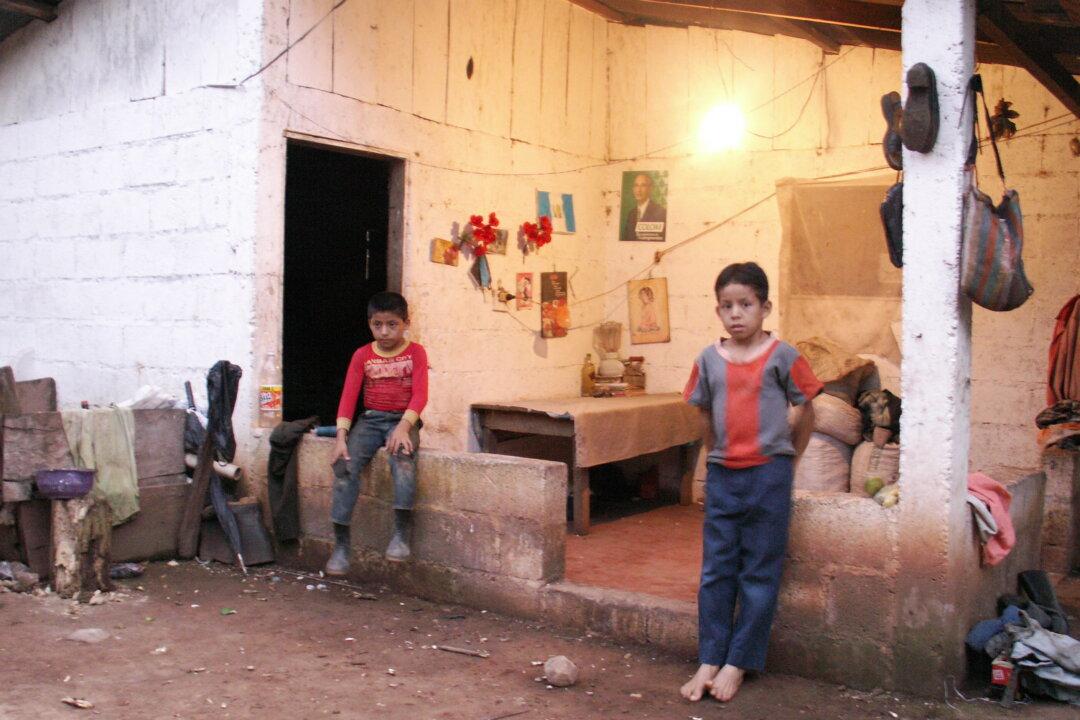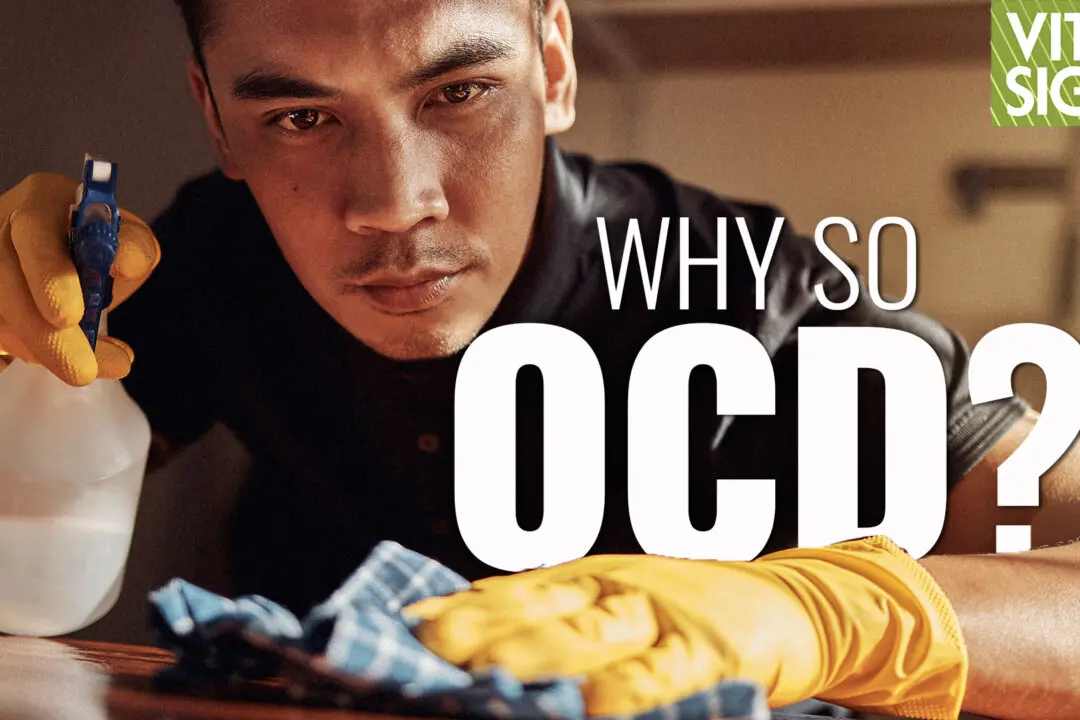Violence from organized crime displaces tens of thousands of people each year in the Northern Triangle of Central America—El Salvador, Guatemala, and Honduras—and children are some of the biggest victims, suffering the effects long after being driven from their homes.
Street gangs, drug runners, and Mexican drug cartels, are the prime drivers of internal displacement—people forced to leave home but who remain in the country, according to a recent report by the Internal Displacement Monitoring Centre (IDMC) (pdf).





